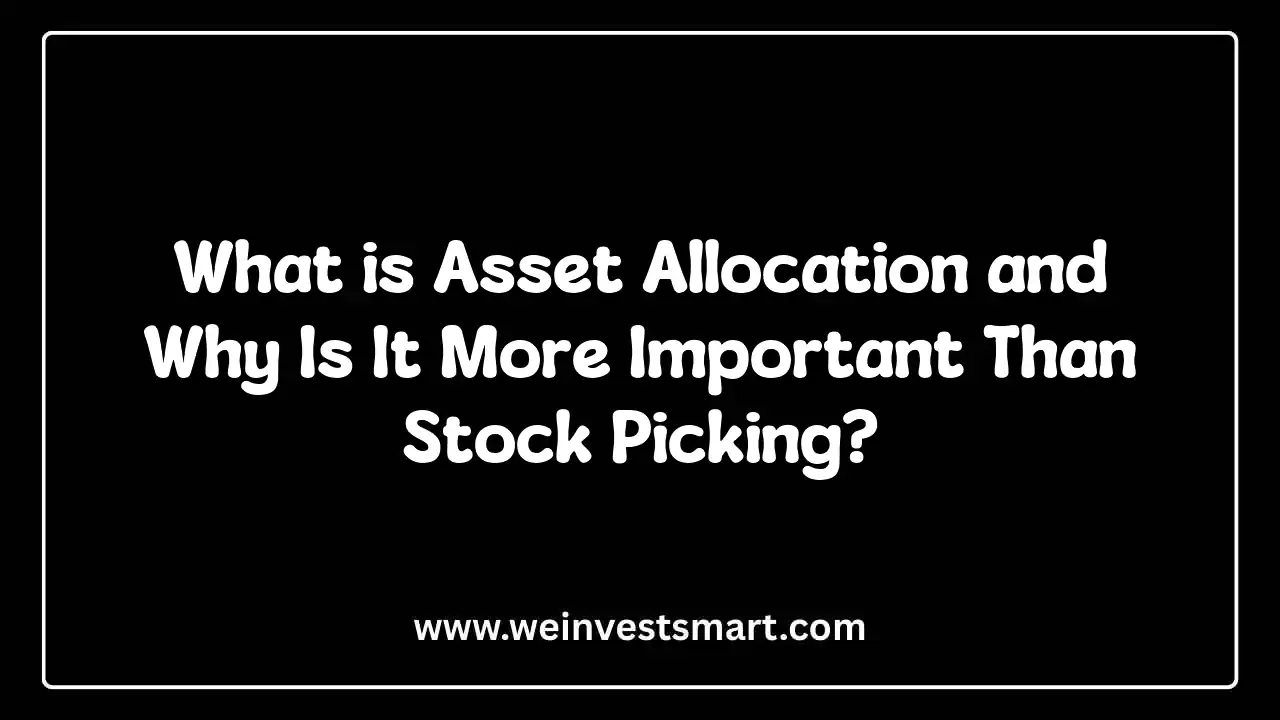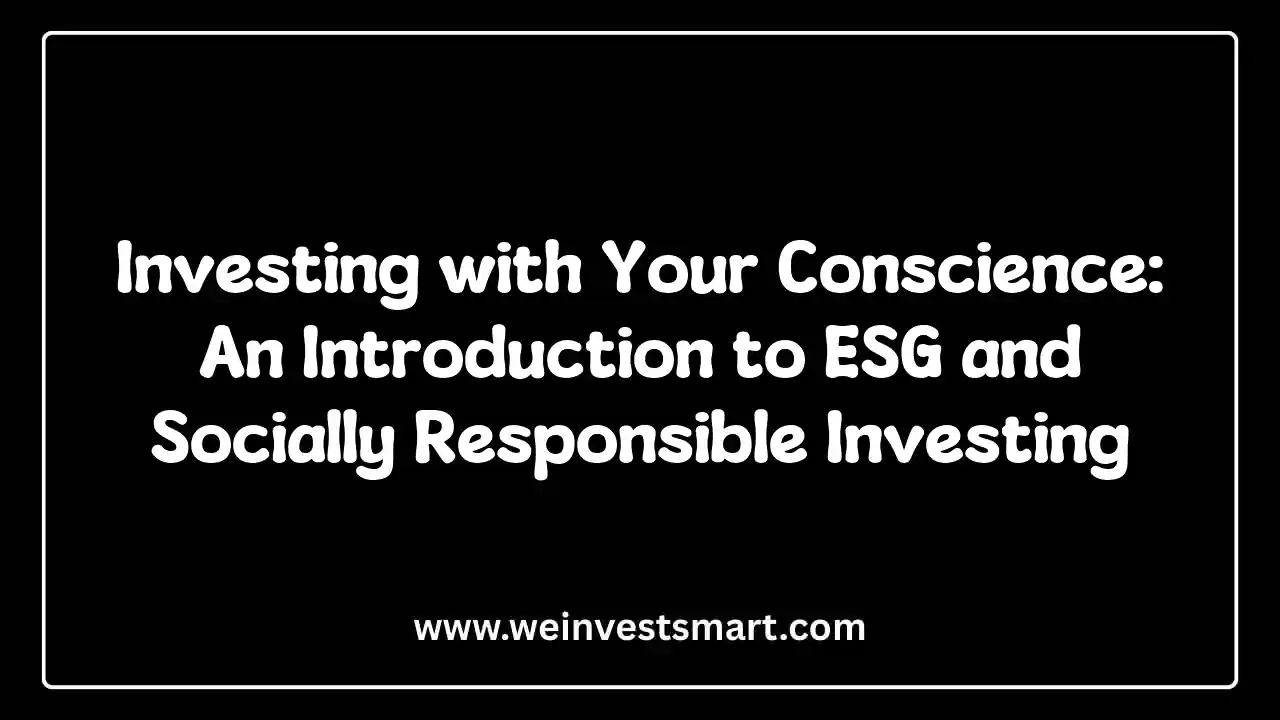· WeInvestSmart Team · investment-strategies · 9 min read
What Are ETFs? The Ultimate Low-Cost Tool for Instant Diversification
Position Exchange-Traded Funds (ETFs) as the modern evolution of mutual funds. Explain how they work, the benefits (low fees, tax efficiency, tradability), and highlight popular examples like S&P 500 or Total Stock Market ETFs.
Most people believe that building a diversified investment portfolio is a monumental task. They picture a complex web of dozens or even hundreds of individual stocks, requiring constant research and a deep understanding of the market. But here’s the uncomfortable truth: that approach is not only difficult, it’s completely unnecessary. It’s the financial equivalent of trying to build your own car from scratch when you can buy a beautifully engineered, reliable, and affordable one right off the lot. Going straight to the point, for the modern investor, the ultimate tool for building that car is the Exchange-Traded Fund (ETF).
We’ve been taught to think of investing in terms of two extremes: the high-risk gamble of picking individual stocks, or the staid, old-fashioned world of mutual funds. But for the last two decades, a quiet revolution has been taking place, led by the ETF.
But what if we told you there was a single investment you could buy that would instantly make you a part-owner of the 500 largest companies in America? And what if it was cheaper, more flexible, and more tax-efficient than its older cousin, the mutual fund? Here’s where things get interesting. That’s precisely what an ETF is. It is arguably the single greatest financial innovation for the average person in the last 50 years. And this is just a very long way of saying that if you’re a beginner investor, understanding what an ETF is isn’t just a good idea; it’s the key to the entire kingdom.
You may also be interested in: Introduction to Smart Investing: Your Guide to Building Wealth
The Foundation: What Is an ETF, Really?
Before we get into the weeds, let’s establish a simple definition. Going straight to the point, an Exchange-Traded Fund (ETF) is a type of investment fund that holds a collection of assets—like stocks, bonds, or commodities—and is traded on a stock exchange, just like an individual stock.
Let’s use a simple analogy. Imagine you want to create the ultimate fruit smoothie.
- Picking Individual Stocks is like going to the grocery store and trying to pick the single best strawberry, the single best banana, and the single best blueberry. It’s time-consuming, difficult, and if you pick a bad piece of fruit, it can ruin the whole smoothie.
- A Mutual Fund is like ordering a pre-made smoothie from a menu at a smoothie shop. You ask for the “Berry Blast,” and they blend it for you behind the counter. It’s convenient, but you can only buy it at the end of the day, and it can be expensive.
- An ETF is like buying a perfectly curated, pre-packaged “Berry Blast” smoothie kit right off the shelf. It contains all the same high-quality ingredients, but you can grab it whenever you want during the day, it’s usually much cheaper, and you can see exactly what’s inside.
You get the gist: An ETF is a basket of investments, bundled together into a single, easy-to-buy security. This is the ultimate tool for achieving instant diversification.
You may also be interested in: Stocks, Bonds, and Index Funds: A Simple Explanation for the Absolute Beginner
The Superpowers of ETFs: Why They Are the Modern Investor’s Best Friend
ETFs have exploded in popularity for a few very specific and powerful reasons. They took the best parts of mutual funds (diversification) and combined them with the best parts of individual stocks (flexibility and low cost).
Superpower #1: Incredible Diversification, Instantly
This is the core benefit. With a single purchase, you can own a slice of an entire market. Instead of betting your life savings on the success of a single company, you can spread your risk across hundreds or even thousands of them.
Here’s where things get interesting. Let’s look at one of the most popular types of ETFs in the world: the S&P 500 ETF.
- The S&P 500 is a stock market index that tracks the performance of 500 of the largest and most influential public companies in the U.S. (think Apple, Microsoft, Amazon, etc.).
- When you buy one share of an S&P 500 ETF (like the SPDR S&P 500 ETF Trust, ticker: SPY, or the Vanguard S&P 500 ETF, ticker: VOO), you are buying a tiny, fractional share of all 500 of those companies simultaneously.
- If one of those companies has a terrible year, it has a minuscule impact on your overall investment. Your success is no longer tied to a single company but to the long-term health and growth of the American economy as a whole. This is the essence of low-cost investing.
Superpower #2: Rock-Bottom Costs (Low Expense Ratios)
This is the silent killer of wealth, and it’s where ETFs truly shine. All funds charge a fee called an expense ratio, an annual percentage of your investment that covers the fund’s operating costs.
You may also be interested in: Are You Leaving Free Money on the Table? A Deep Dive into Your 401(k) Company Match
Going straight to the point, most ETFs are “passively managed.” They don’t have a team of highly paid analysts trying to pick winning stocks. They simply and automatically track an index, like the S&P 500. This makes them incredibly cheap to operate.
- A typical, actively managed mutual fund might have an expense ratio of 0.80% or higher.
- A popular Total Stock Market ETF (like VTI from Vanguard) has an expense ratio of just 0.03%.
This sounds like a trade-off, because a tiny fraction of a percent doesn’t seem like a big deal, but it’s actually a desirable thing to obsess over. We covet low fees because the difference over your investing lifetime is staggering. On a $100,000 investment over 30 years, that seemingly small difference in fees can add up to over $100,000 in lost returns. The less you pay in fees, the more of your money stays in your pocket, compounding for you.
Superpower #3: Flexibility and Tradability
This is the other key difference from traditional mutual funds. Because ETFs trade on an exchange, you can buy and sell them throughout the day, just like a stock.
- Mutual funds are only priced and traded once per day, after the market closes.
- ETFs have a price that fluctuates all day long, and you can place different types of orders (like market orders or limit orders) to control your purchase price.
You may also be interested in: Market Order vs. Limit Order: The Critical Difference That Can Save You Money
What Are ETFs FAQ
What are ETFs and how do they work?
ETFs are exchange-traded funds that hold a collection of assets like stocks or bonds and trade on stock exchanges. They provide instant diversification by allowing you to buy a basket of investments in a single transaction.
What are the benefits of investing in ETFs?
Benefits include low costs, tax efficiency, diversification, flexibility in trading, and ease of access for beginners.
How do ETFs differ from mutual funds?
ETFs trade like stocks throughout the day, while mutual funds are priced once daily. ETFs are often cheaper and more tax-efficient.
Are ETFs safe?
ETFs are generally safe for long-term investing but carry market risks. They provide diversification to reduce individual stock risk.
How do I buy ETFs?
You can buy ETFs through a brokerage account. Choose an ETF, place a buy order, and it will trade like a stock.
The funny thing is that for most long-term, buy-and-hold investors, this intraday tradability isn’t a huge advantage. But it provides a level of flexibility and transparency that many investors appreciate.
Superpower #4: Tax Efficiency
This is a more advanced benefit, but it’s a significant one. The way ETFs are structured allows them to be more tax-efficient than mutual funds. Due to the unique way new shares are created and redeemed, ETFs tend to generate fewer taxable capital gains distributions for their owners. And this is just a very long way of saying that in a taxable brokerage account, you will likely end up paying less in taxes over the years by holding an ETF compared to a similar mutual fund.
You may also be interested in: The Core-Satellite Approach: A Simple Strategy for Building a Sophisticated Portfolio
The Most Popular Types of ETFs for Beginners
The world of ETFs is vast and can be overwhelming. There are ETFs that track every imaginable market, industry, and strategy. But as a beginner, you only need to focus on a few core types to build a powerful portfolio.
Broad Market ETFs: This is your starting point and, for many, the only ETF they’ll ever need.
- What they are: These funds aim to capture the performance of the entire stock market in a specific country.
- The Kingpin: The Total Stock Market ETF (e.g., VTI or ITOT). This is even broader than an S&P 500 ETF, as it includes not just the 500 largest companies but also thousands of mid- and small-cap companies. It is the ultimate one-stop-shop for diversification in U.S. stocks.
International ETFs: It’s a big world out there, and some of the best companies are located outside the United States.
- What they are: These funds hold a basket of stocks from developed and emerging markets around the globe.
- The Go-To Example: A Total International Stock ETF (e.g., VXUS). Pairing this with a U.S. Total Stock Market ETF gives you ownership in nearly every public company on the planet.
Bond ETFs: Stocks are your engine for growth, but bonds are your shock absorbers for stability.
- What they are: These funds hold a basket of thousands of different bonds, typically from governments and corporations.
- The Bedrock: A Total Bond Market ETF (e.g., BND). This provides instant diversification across the high-quality U.S. bond market, giving your portfolio stability when the stock market is volatile.
You may also be interested in: The Permanent Portfolio: An All-Weather Strategy for Volatile Times
The Bottom Line: ETFs are the Building Blocks of a Modern Portfolio
The rise of the Exchange-Traded Fund has been one of the greatest democratizing forces in the history of finance. It has taken the power of institutional-grade diversification and put it into the hands of the everyday investor, all at an incredibly low cost.
You no longer need to be a stock-picking genius to build wealth. You no longer need to pay high fees to a mutual fund manager who likely won’t beat the market anyway. With just a handful of well-chosen ETFs, you can build a globally diversified, low-cost, and tax-efficient portfolio in a matter of minutes.
And this is just a very long way of saying that the game has changed. The tools that were once reserved for the wealthy and connected are now available to everyone. It’s time to stop thinking of investing as a complex, intimidating activity. Pick your basket, buy it, and let the power of the global economy work for you.
This article is for educational purposes only and should not be considered personalized financial advice. Consider consulting with a financial advisor for guidance specific to your situation.



